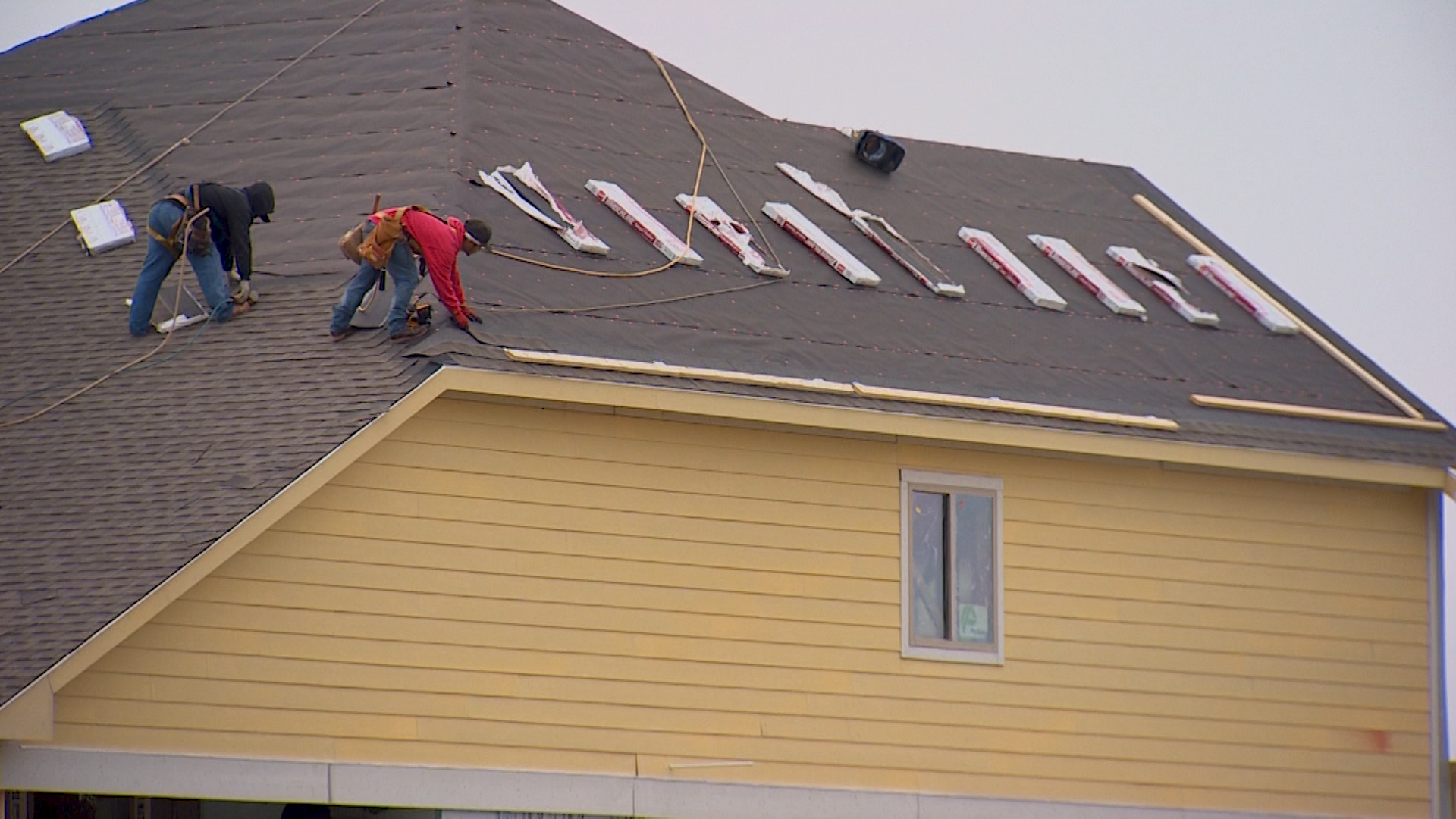Choosing the correct replacement for an aged roof – or identifying the best choice for a new building – is no easy task. The perfect Ceramic Roof tiles solution for one building may be the worst option for another just down the street. That’s because no two buildings are precisely alike, even if they closely resemble each other.
So how do you choose a new roof, given all the choices in the marketplace? You can start by asking a series of questions, before you choose the roof, the roofing contractor or the manufacturer. Before calls are made to roofing contractors or manufacturers, the first item to address is the company’s mission statement as it relates to the building.
Whether you are building new facilities or managing existing properties, you want to be confident that the roofing systems you select deliver the performance you expect. More often than not, the building itself dictates the appropriate roofing system specification.
You need to know as much about the building and its future as possible. Does the company plan to keep this building as part of its real estate assets for the next 10 to 20 years? Are there any plans to expand it in the near future, or to change its use? What are its current and future occupancy, insulation requirements, aesthetic priorities and even the maintenance schedules for rooftop equipment?
Start your questions with what is the building going to be used for. If it’s a spec building, maybe you only need a basic roof. But, if the facility has a special use, such as an airline reservation center with computers in it, then your considerations for roofing options are quite different.
For example, as more companies move toward operating 24 hours daily, seven days a week to satisfy global customers, the data center must never spring a rooftop leak. Water on computer systems generally spells disaster.
A special set of concerns arise for cooling-dominated climates. Does the roof contribute to air conditioning savings and address other key issues? Is it part of a total energy program? There is a growing concern about urban heat islands. Reflective, white roofs have become of interest in those areas for a few reasons. They keep the building cooler, reduce air conditioning costs and also minimize the heat-loading of the surrounding environment.
After identifying the goals and mission of a facility, it’s time to evaluate the building itself. You need to begin by looking at the building’s location and the attributes of its surrounding area. You need to examine building codes, weather trends, topography – even the direction the building faces.
The physical characteristics of the building are also crucial: size, shape, design, height and age. You also need to look at the construction materials used to build the facility and the location of HVAC and fire protection equipment, particularly if either or both of these are partially or totally housed on the rooftop.
When it comes to roof replacement, you need to list the attributes of the roof area itself. It’s best to detail the roof’s size, shape, slope, deck construction, edge detailing, protrusions, rooftop access and existing roofing system. Along with this basic information, you need to find out why the original roof is no longer adequate.
SPRI, the association that represents sheet membrane and component suppliers to the commercial roofing industry, identifies three major categories of membranes: thermosets, thermoplastics and modified bitumens.
Thermoset membranes are made from rubber polymers. The most common is EPDM, often referred to as “rubber roofing.” These membranes are well suited to withstand the potentially damaging effects of sunlight and the common chemicals found on roofs. They are easily identified on the rooftop. Just look at the seams. Thermoset membranes require liquid or tape adhesives to form a watertight seal at the overlaps.
Thermoplastic membranes are based on plastic polymers. The most common is PVC, which is made flexible by adding plasticizers. Thermoplastic membranes have seams that are most commonly formed using heat welding. Most thermoplastic membranes are manufactured with a reinforcement layer, usually polyester or fiberglass to provide increased strength and dimensional stability.
